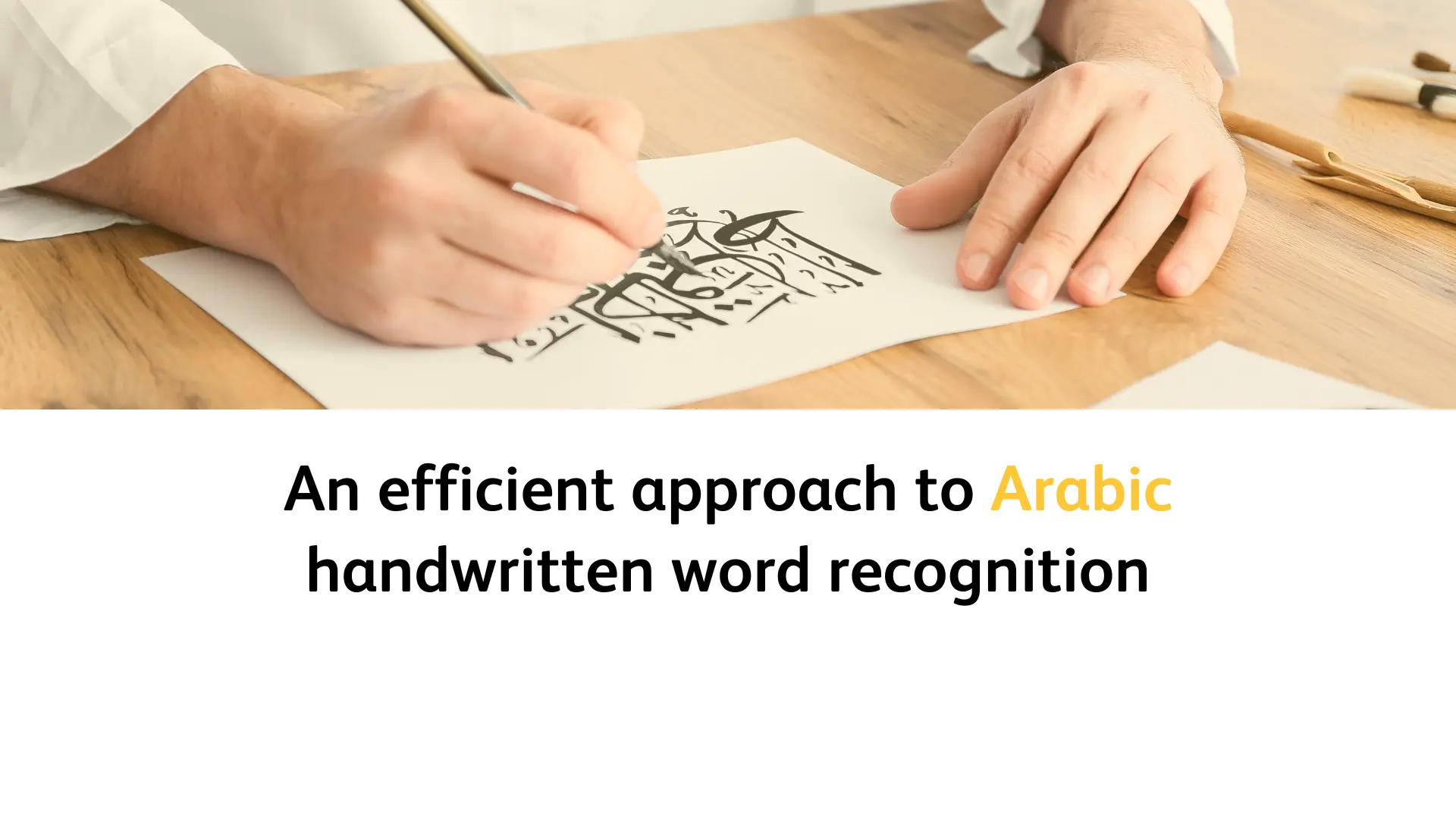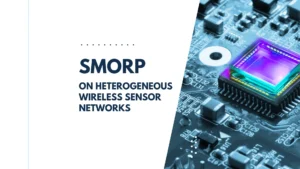Hamida et al. (2022) proposed an efficient approach to improve word recognition from Arabic handwriting. They used three image descriptors for the feature extraction stage and applied preprocessing techniques. The process was implemented on 100 classes of Arabic handwriting database. They trained a k-nearest neighbor (k-NN) algorithm for each feature extraction descriptor and used the best model to classify the Arabic handwriting images.
The selected algorithm is then used to combine the prediction results. The proposed system achieves a high recognition rate, reaching up to 99.88%. This exceeds previous results using datasets from the Institut Für Nachrichtentechnik/Ecole Nationale d’Ingénieurs de Tunis (IFN/ENIT). The training and testing datasets were prepared by applying preprocessing techniques on 100 classes selected from the handwritten Arabic database from IFN/ENIT.
The specific preprocessing techniques used were not mentioned in the article. However, it can be inferred that preprocessing techniques were applied to the selected classes to prepare the datasets for this study. The training and testing datasets were then used to train and evaluate the k-NN algorithm on each feature extraction descriptor. The best k-NN model is selected based on general performance evaluation metrics and used to classify Arabic handwritten images according to their classes. Their proposed system shows reliability for handwritten Arabic word recognition.
Arabic handwritten text recognition has long been a difficult subject, owing to the similarity of its characters and the wide range of writing styles. However, due to the intricacy of Arabic handwriting morphology, solving the challenge of cursive handwriting recognition remains difficult. In this paper, we propose a new efficient based image processing approach that combines three image descriptors for the feature extraction phase. To prepare the training and testing datasets, we applied a series of preprocessing techniques to 100 classes selected from the handwritten Arabic database of the Institut Für Nachrichtentechnik/Ecole Nationale d’Ingénieurs de Tunis (IFN/ENIT). Then, we trained the k-nearest neighbor’s algorithm (k-NN) algorithm to generate the best model for each feature extraction descriptor. The best k-NN model, according to common performance evaluation metrics, is used to classify Arabic handwritten images according to their classes. Based on the performance evaluation results of the three k-NN generated models, the majority-voting algorithm is used to combine the prediction results. A high recognition rate of up to 99.88% is achieved, far exceeding the state-of-the-art results using the IFN/ENIT dataset. The obtained results highlight the reliability of the proposed system for the recognition of handwritten Arabic words.
Efficient feature descriptor selection for improved Arabic handwritten words recognition
Soufiane Hamida, Oussama El Gannour, Bouchaib Cherradi, Hassan Ouajji, Abdelhadi Raihani
By: I. Busthomi





